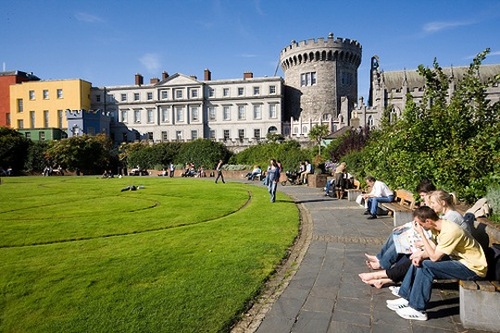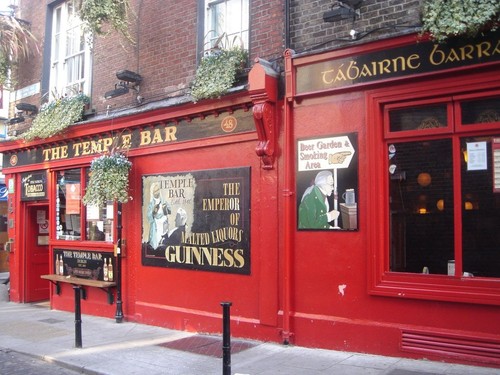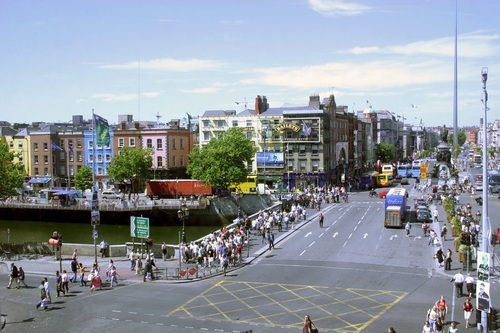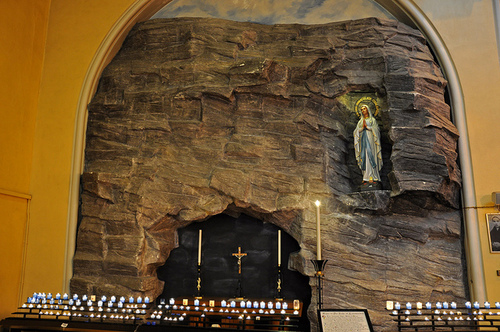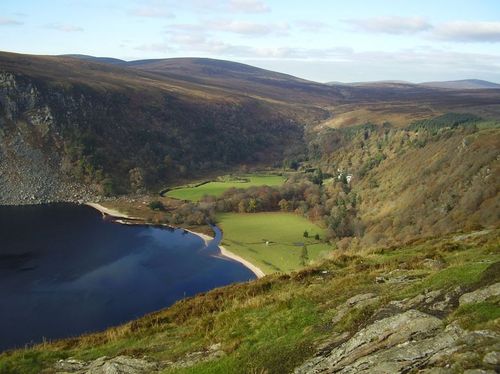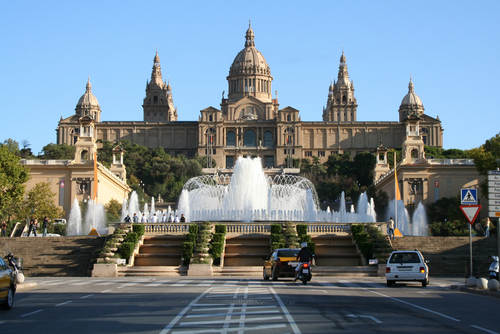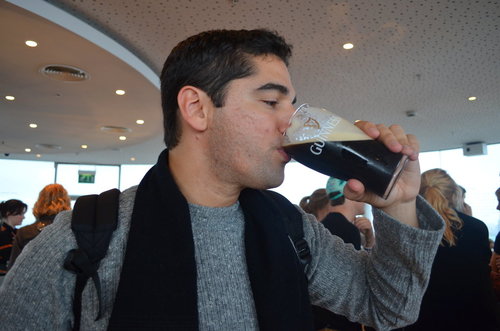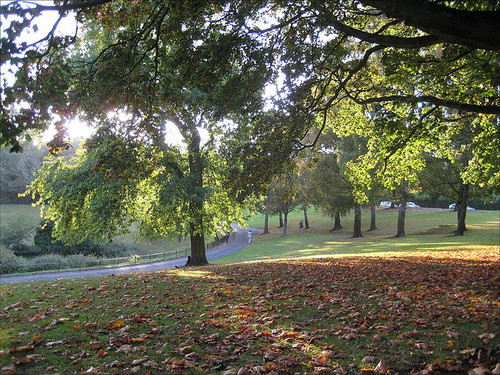There are plenty of things that spring to mind when you think of Dublin, but if you think you know all there is to know about the inimitable Irish capital, think again. Here are 10 things you didn't know about Dublin.
1. Dublin means 'Black Pool'
Photo credit: Informatique via Flickr
The name 'Dublin' is allegedly derived from the Gaelic 'Dubh Linn' which means 'Black Pool' - so-called thanks to the dark lake that once stood at the meeting point of the River Poddle and River Liffey. The original 'black pool' has long since disappeared and the aptly named Dubh Linn gardens of Dublin Castle now lie on the spot. If that's not catchy enough for you, you could always go by the city's official Irish name 'Baile Átha Cliath', which translates as 'Town of the Hurdled Ford'.
2. There are over 1000 pubs in Dublin
Dublin is world renowned for its lively nightlife and traditional pubs, so this one might not be much of a surprise, but there are over 1000 pubs in Dublin. Not only that but Dublin is home to one of the world's oldest pubs, The Brazen Head (located close by the Guinness Brewery), which dates back to 1168. The biggest surprise though, is that Dublin apparently has fewer pubs per head than any other European Capital.
3. O'Connell Bridge is as wide it is long
Dublin's O'Connell Bridge is famous throughout Europe for its unique dimensions - it's one of the only bridges in the world to be wider than it is long. Not a bad achievement considering that until 1863 the only river crossing was a rope bridge that could hold just one person at a time. O'Connell street is also said to be one of the widest in Europe, measuring a whopping 49 meters across.
4. St Valentine resides in Dublin
Photo credit: Jennifer Boyer via Flickr.
Forget climbing the Eiffel Tower in Paris and floating in a gondola down the Venice canal ways - for real romance, head to Dublin! If you needed any proof that Dublin is a romantic city, consider this - the remains of St Valentine, the patron saint of love, are stored at the city's Whitefriar Street Carmelite Church, along with a shrine to the revered saint.
5. Dublin is one of 6 UNESCO Cities of Literature
With famous former residents including literary pioneers like Oscar Wilde, Bram Stoker and James Joyce, as well as Nobel Laureates George Bernard Shaw, W.B. Yeats, Seamus Heaney and Samuel Beckett, Dublin's literary prowess is firmly cemented. In honor of the city's great contribution to historic literature, along with its many libraries, literary institutions and publishing companies, Dublin has even been listed as a UNESCO City of Literature - one of only 6 cities in the world. Edinburgh, Scotland; Iowa City, USA; Melbourne, Australia; Reykjavik, Iceland; and Norwich, England also made the grade.
6. The Dublin Mountains aren't really mountains
Before you pack up your climbing gear and head out to scale the Dublin Mountains, you might want to swap your carabiner for a pair of sneakers instead. The Dublin 'mountains' are not really mountains at all - the highest, the Sugarloaf, only reaches a height of 423.5 meters, meaning it doesn't actually get official mountain status. Follow the mountain range out of County Dublin into County Wicklow if you want to tackle something more challenging - the highest peak in the Wicklow Mountains is the 925-meter Lugnaquilla.
7. Dublin has a twin
Dublin has several 'twin cities' around the world with which it maintains strong financial and commercial links including Barcelona, Spain; Liverpool, England; and San Jose, California. Granted this doesn't offer many benefits to the average visitor, but it's an interesting fact none-the-less!
8. The Guinness Brewery is here to stay
Few city icons are as universally renowned as Guinness, the national brew of Ireland and one of Dublin's longest standing businesses. The Guinness Storehouse in Dublin is not only the historic headquarters of the beer giants but a hugely popular tourist attraction in its own right, and thanks to the lease contract it's unlikely to be going anywhere soon. The world's most famous brewery was originally leased for a mere 45 Irish pounds per year, on an incredible 9,000-year lease, expiring in 10,759.
9. Phoenix Park is the largest in Europe
Photo credit: RedCraig via Flickr.
Dublin isn't all pubs and bookstores - the city also boasts over 2,000 hectares of greenery and miles of walking and cycling paths. Dublin even hosts Europe's largest city park - the enormous Phoenix Park, home to Dublin Zoo, which at 707 hectares is the largest urban park in the world after New York's Central Park.
10. Leprechauns do exist
Photo credit: infomatique via Flickr.
- Zoe Smith for Viator

